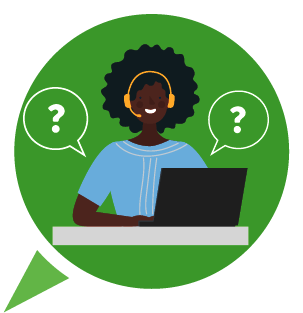We Regulate for You

Performance Measures
Reliability
Minnesota system outage times shorter than national average

Greenhouse gas emissions
Emissions from electricity generation are trending downward

Electricity costs
Minnesotans pay less than national average for electricity

Latest News
Ask for Help
The PUC might be able to help if you are having problems with your utility service. If you are having a problem, need help, or want to make a complaint against your utility provider, you can contact our consumer affairs office and they will try to help. Your information will be kept private, and our team of professional mediators will work with you and your utility to try and resolve the problem.







